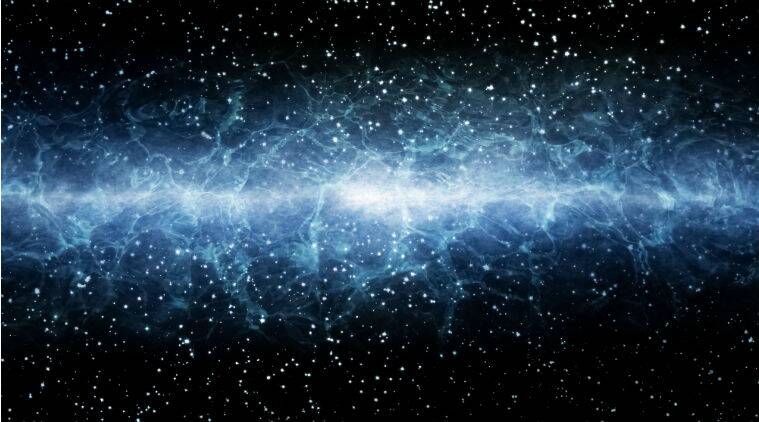It was only 25 years ago, when astronomers discovered that the Universe was expanding at an accelerated rate. Without an obvious cause, the concept of dark energy was introduced. Dark energy exerts a force on the universe and is thought to make up 68 percent of it.
However, no consensus exists on what dark energy is, and the debate over its existence has raged since it was first proposed. According to a study published in the Monthly Notices of the Royal Astronomical Society, dark energy may not be required after all.
The study, led by researchers at the Eötvös Loránd University in Hungary, suggests that matching precise astronomical observations with the approximated models of the universe might have created the need for dark energy while, in reality, it doesn’t exist. In the words of Shakespeare, the fault is not in our stars but in ourselves.

NASA/JPL-Caltech
They believe that different regions of the universe expand at different rates depending on how matter is distributed there, while the cosmos continues to expand at an average accelerated rate. The current standard models do not take this into account.
“Einstein’s equations of general relativity that describe the expansion of the universe are so complex mathematically, that for a hundred years no solutions accounting for the effect of cosmic structures have been found,” co-author Dr László Dobos, said in a statement.
“We know from very precise supernova observations that the universe is accelerating, but at the same time we rely on coarse approximations to Einstein’s equations which may introduce serious side-effects, such as the need for dark energy, in the models designed to fit the observational data.”
The researchers used a computer simulation to compare a standard cosmological model (with normal matter, dark energy, and the equally mysterious dark matter) to one with only dark matter and normal matter. The latter one, known as the Avera (Average Expansion Rate Approximation) model, was required to have the same critical density as the standard model.
The simulations show a good agreement between each other and between the observations both in the early and recent universe. The Avera model does actually better match the apparent discrepancy between the local and past expansion rates of the universe.
This idea is an intriguing addition to the universe expansion debate, although it is still too early to tell if it can deal a fatal blow to dark energy.
READ MORE: NASA’s Stunning New Photograph of the Milky Way Is a Cosmic Masterpiece 20 Years in the Making



In fact, neither dark energy nor dark matter might be necessary. I would like to propose “the Two or One Dimensional Galaxy, the Modified Einstein Field Equation (MEFE), and the Cosmic Segmentation.”
Here it is!
http://wisteriafield.jp/galaxy/galaxy01.html